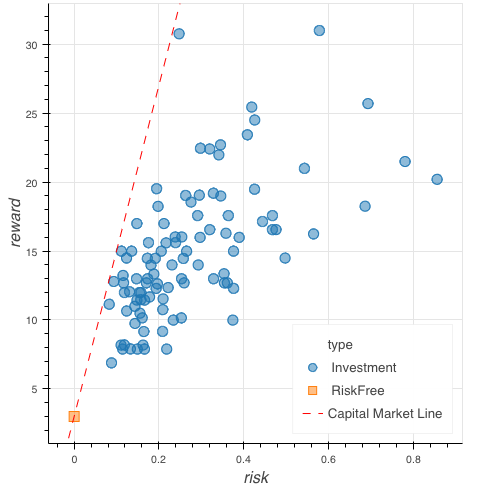Traditional investing: risk vs reward
Data-Driven Decision Making for Business

Ted Kwartler
Data Dude
What is a market?
Traditional markets
Infrastructure where parties exchange goods
- Stock Markets
- Bond Markets
- Housing/Mortgages
- Commodities: gold/silver etc
- Crop Futures: corn/soybean
- Consumer Credit
Supply and demand
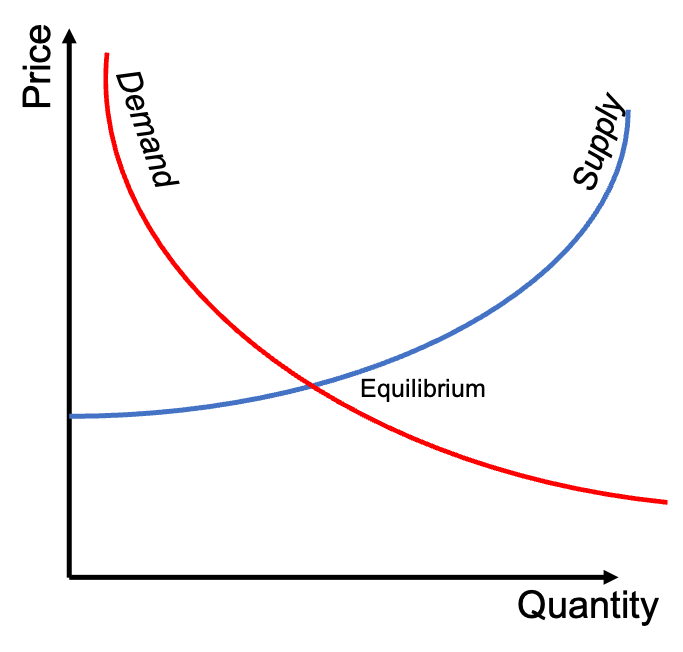
Investment strategies
- Belief-based investing
- High-frequency trading
- Financial fundamentals
- Technical trading rules
Belief-based investing

Buy the companies you believe will perform well or want to support
- "I bought stock in my favorite streaming service"
- "It was so busy last time I was there, I bought stock in my favorite fast food restaurant"
- "I won't buy stocks that produce tobacco"
High-frequency trading (HFT)
Providing liquidity or taking advantage?
- Highly automated
- No human in the loop
- Need speed, volume, and volatility to succeed
- Jump you in line and make money on your stock order
- Requires servers close to the market's data centers
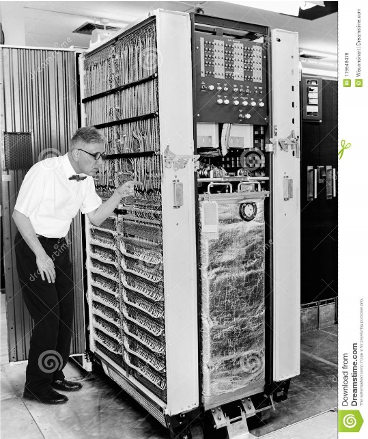
Financial fundamentals
Buy the companies demonstrating financial indicator strength
- "I bought stock X because they have excellent revenue growth"
- "I don't care if they are gun manufacturer, their dividend is high."
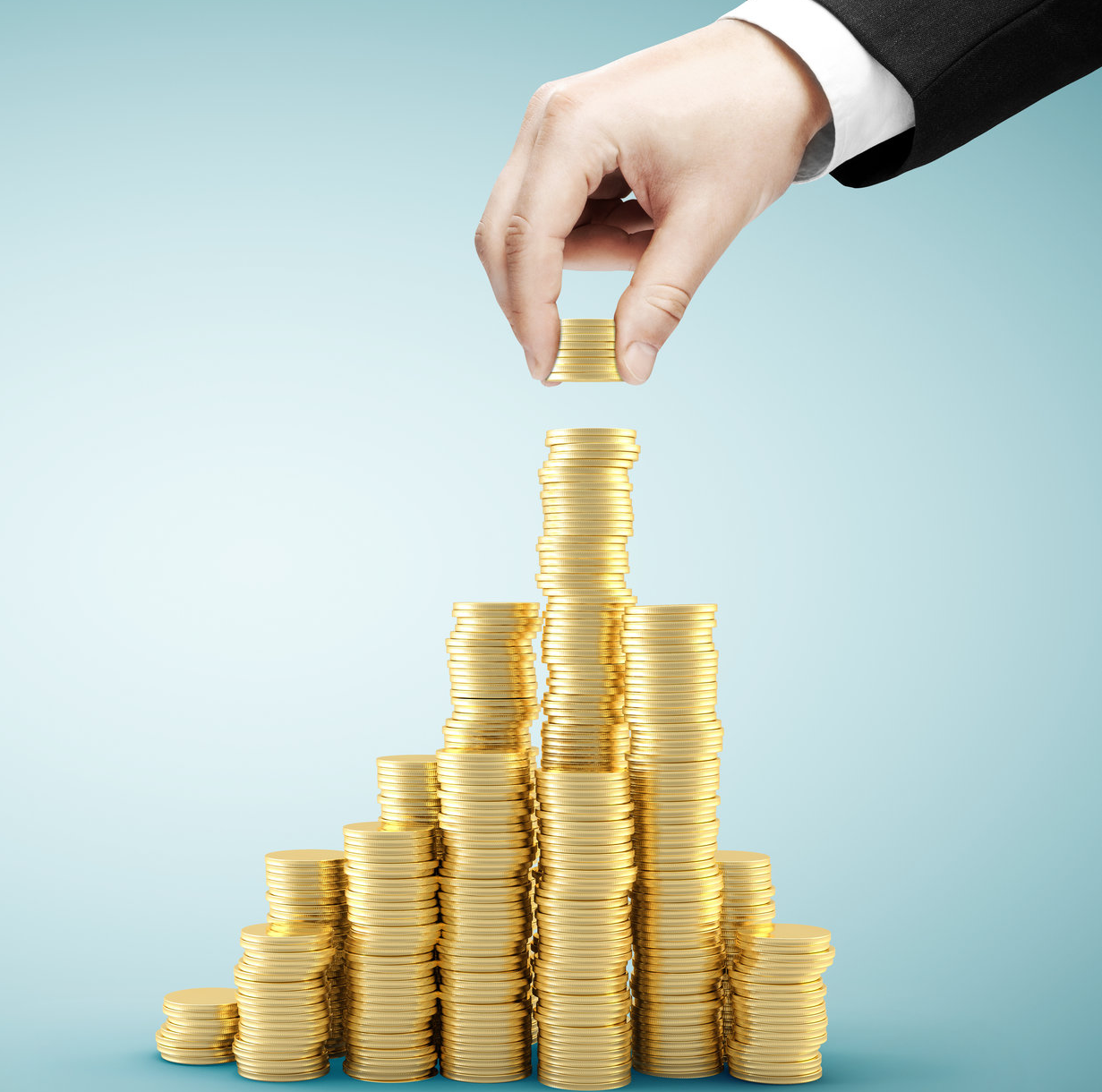
Technical trading rules (TTR)

Trade based on mathematical indications
- "The MACD crossover is positive for this stock so I bought it"
- "The relative strength indicator shows a stock is overbought, so I decided to sell"
Capital Asset Pricing Model (CAPM)
Expected return of investment (ER) =
Risk free rate + (Beta * (Expected market return - Risk free rate))
- Beta (risk of the investment): how a stock moves with respect to the market
- Beta between 0-1: stock is less volatile than the market
- Beta > 1: stock is more volatile than the market
- Risk free rate: rate of return for an investment that never defaults
- In practice: 3-month US Treasury bill's interest rate minus inflation
Capital Asset Pricing Model (CAPM)
Expected return of investment (ER) =
Risk free rate + (Beta * (Expected market return - Risk free rate))
Example
- Risk free rate =0.03
- Expected market return = 0.09
- Beta of stock X = 0.5
ER = .03 + .5(.09 - .03)
ER = .03 + .5(.06)
ER = .03 + .03 = 0.06
Interpreting a CAPM chart
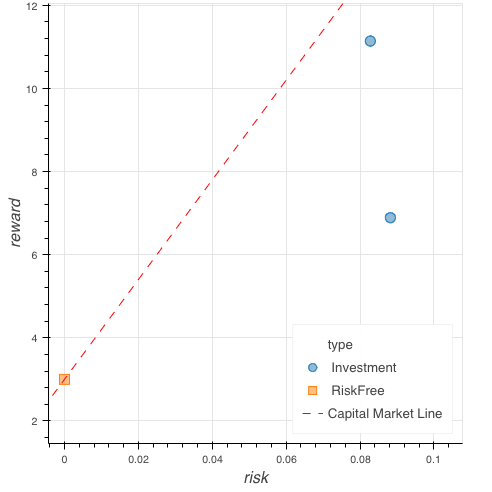
1 https://www.investopedia.com/terms/c/capm.asp
Data-driven investing!
Data-Driven Decision Making for Business
